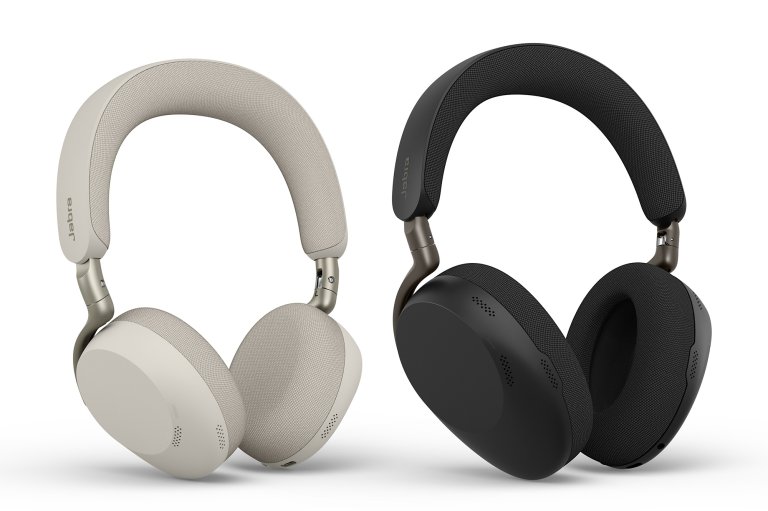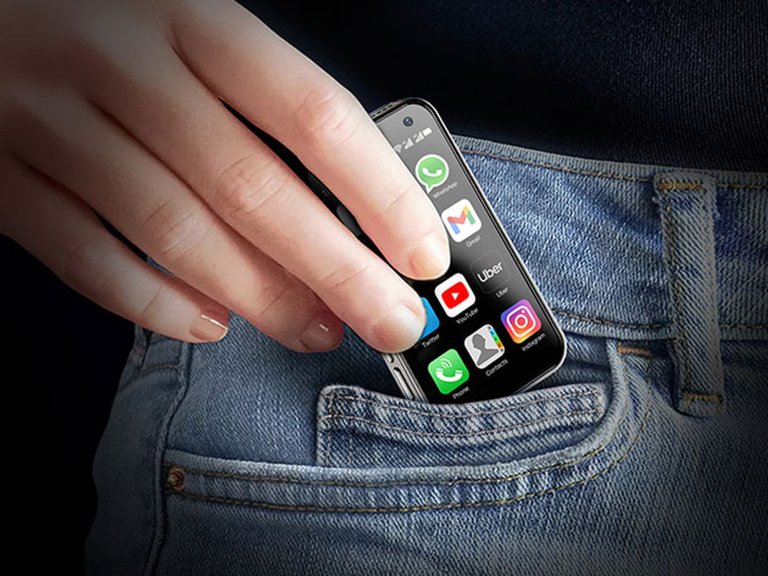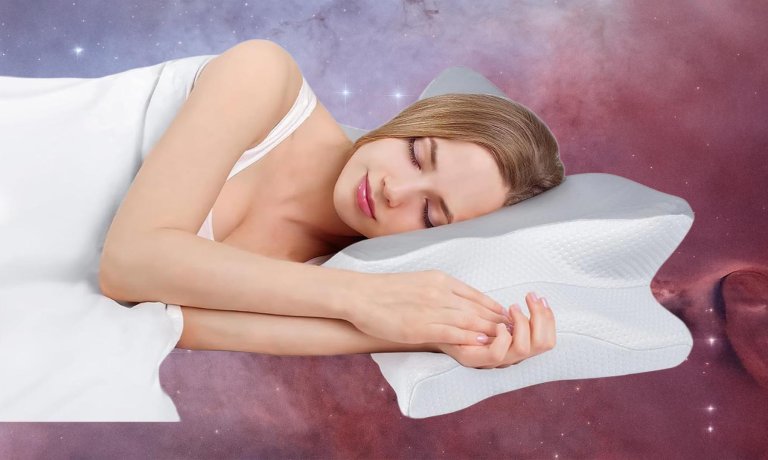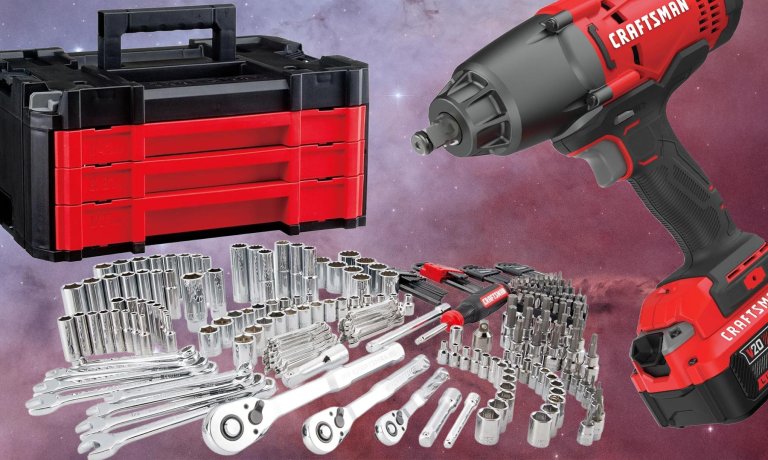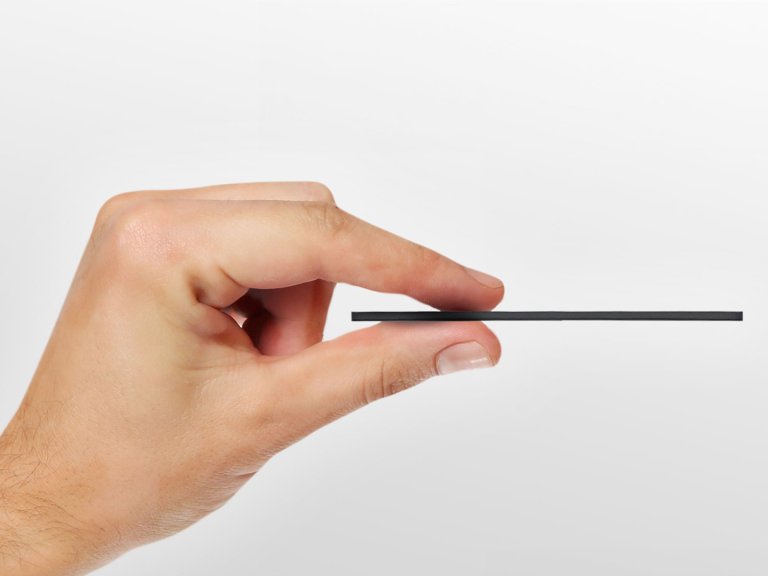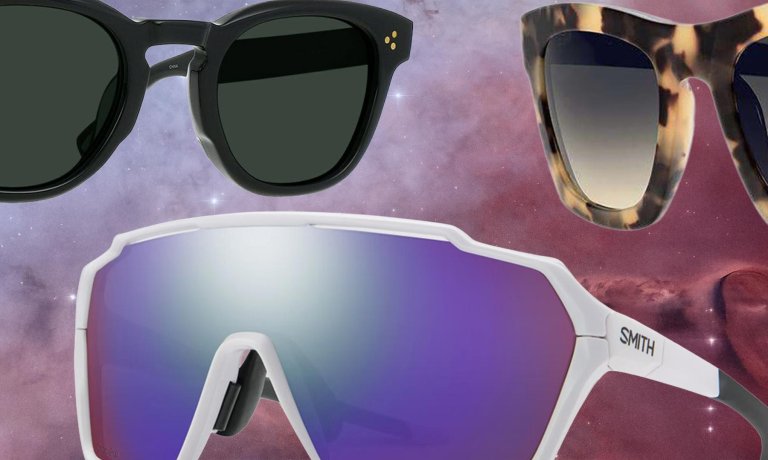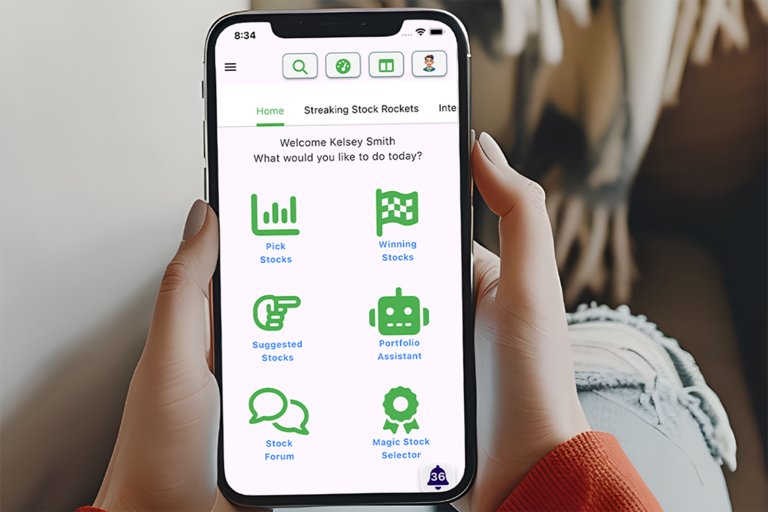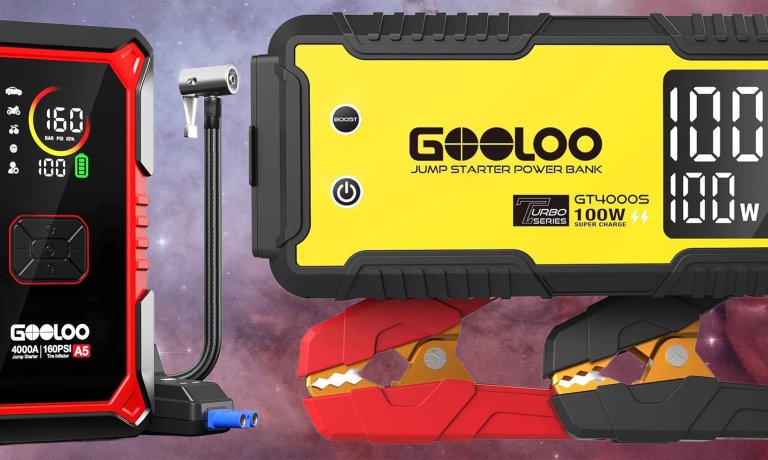Gear
News, roundups, and reviews of the technology that shapes the way we live.
Latest in Gear

Sponsored Content
Owning your operating system shouldn’t be a big or costly decision

Sponsored Content
You need this Mac security app

Sponsored Content
Slash your grocery bill with this discounted BJ’s Club membership
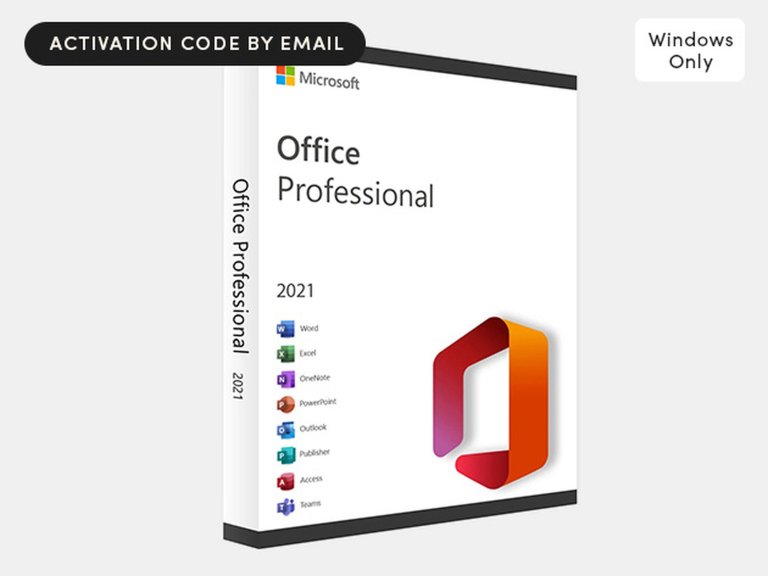
Sponsored Content
Get essential Microsoft apps for life for less than $5 each

Sponsored Content
A MacBook Pro at $450 feels like a typo, but here we are

Sponsored Content


